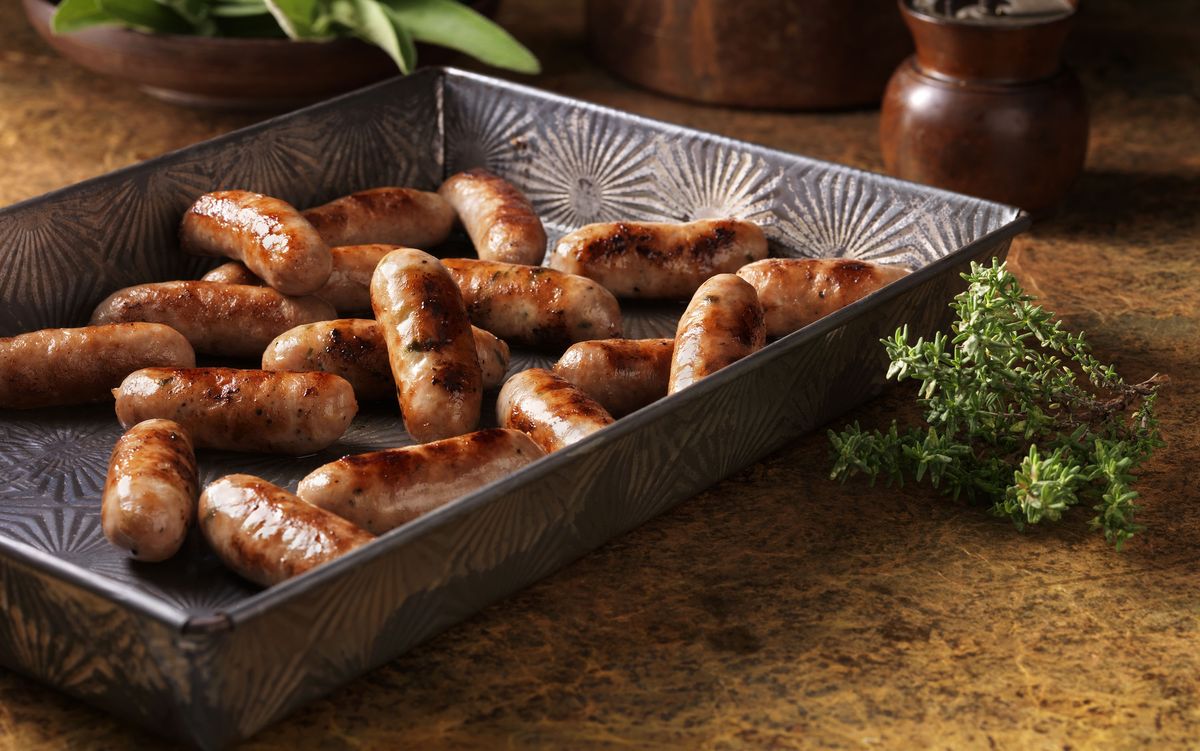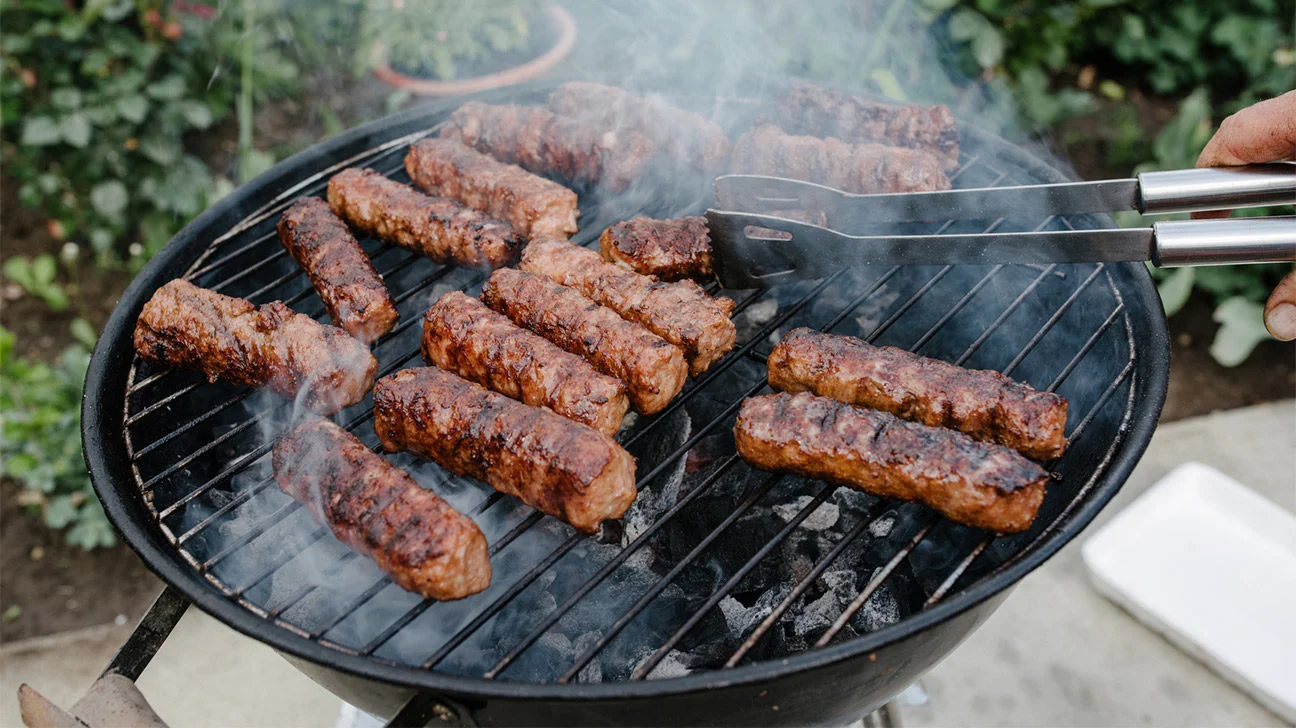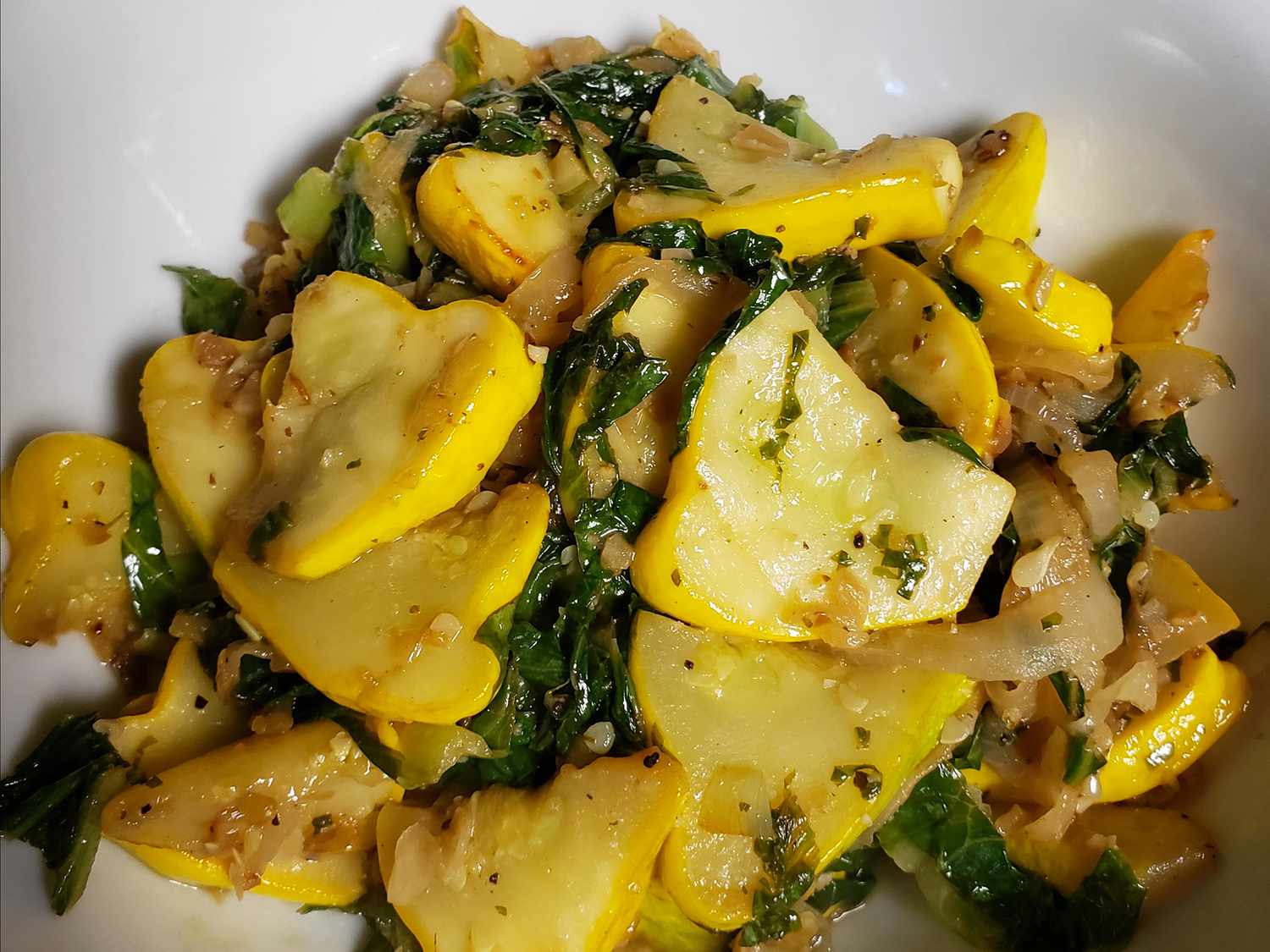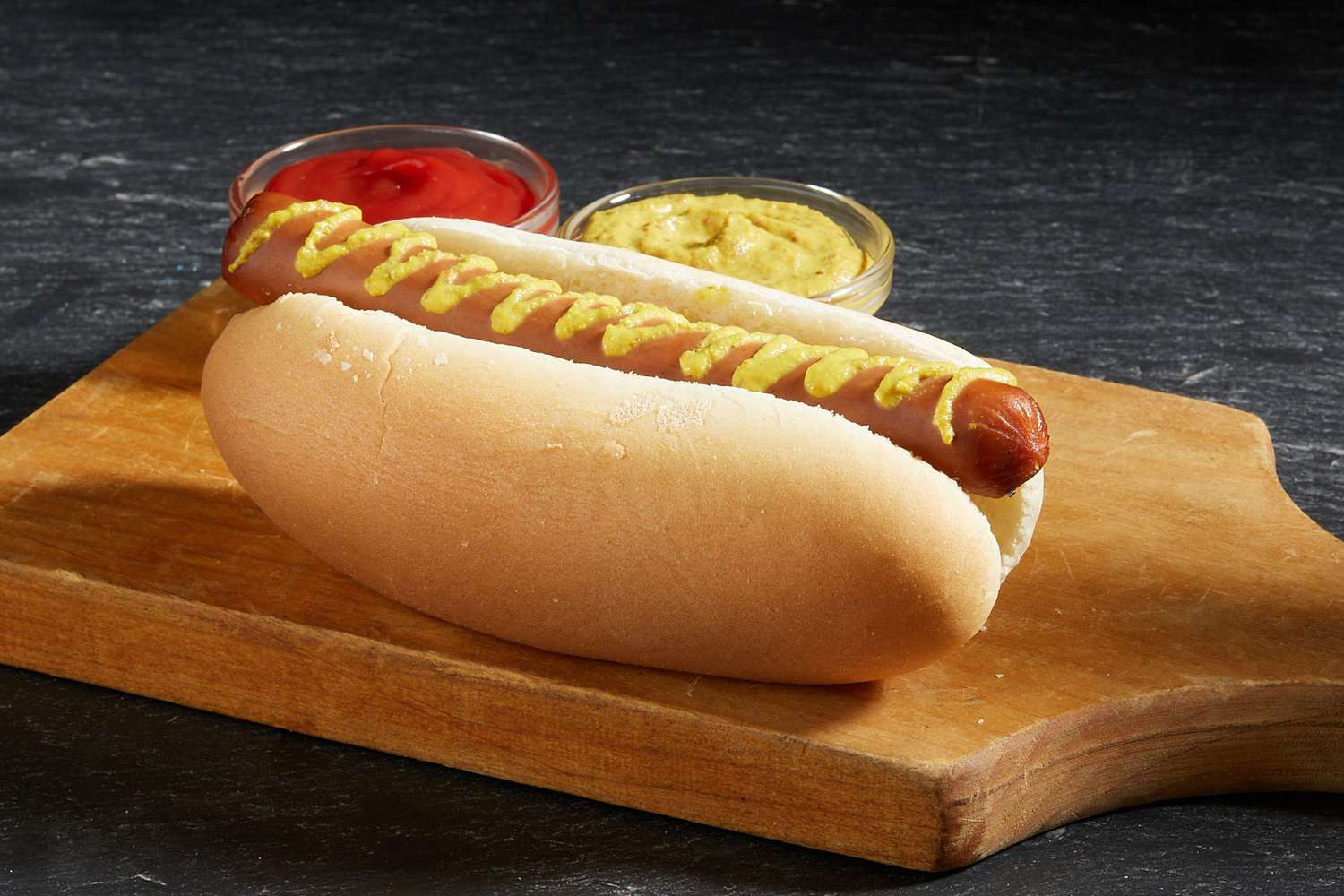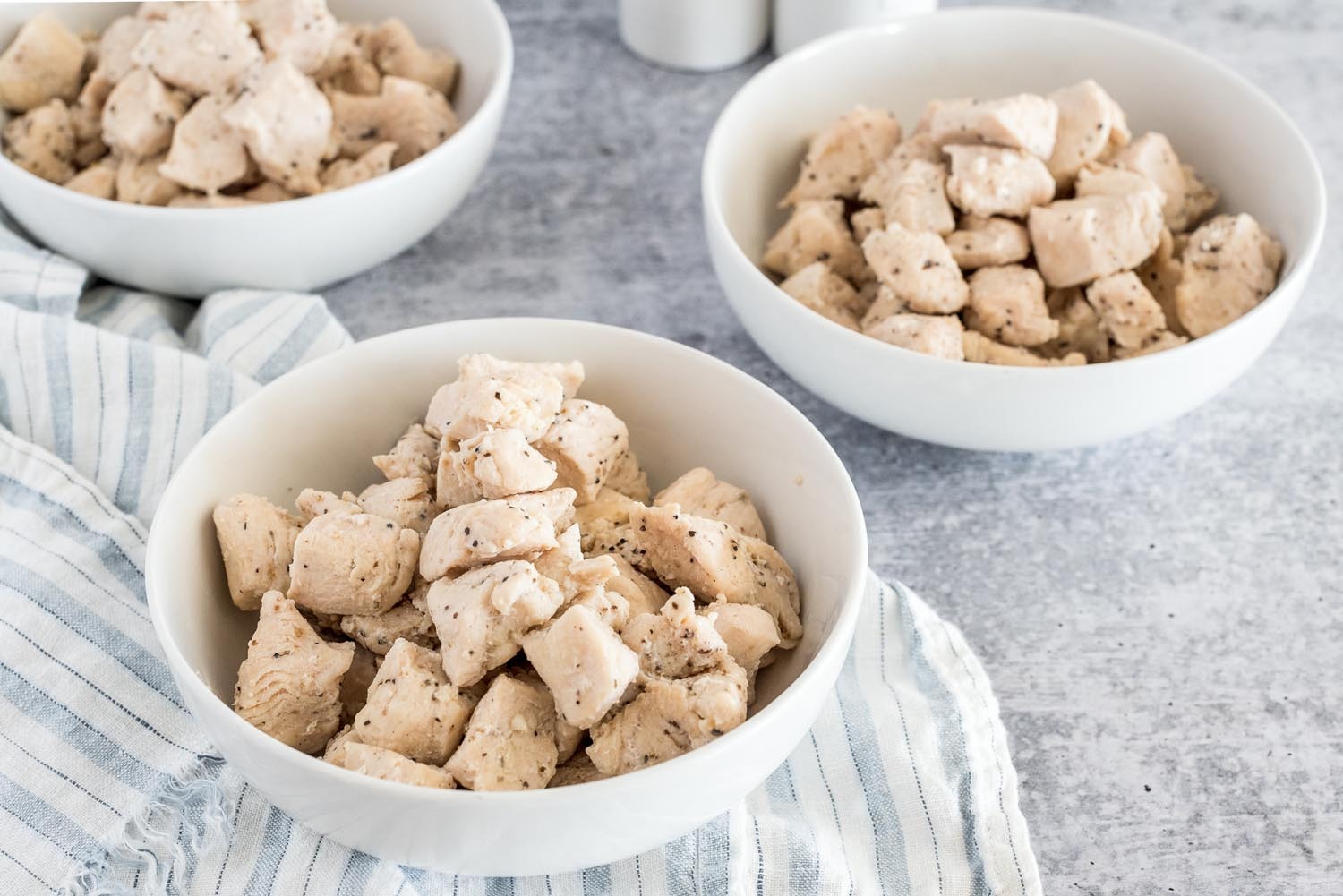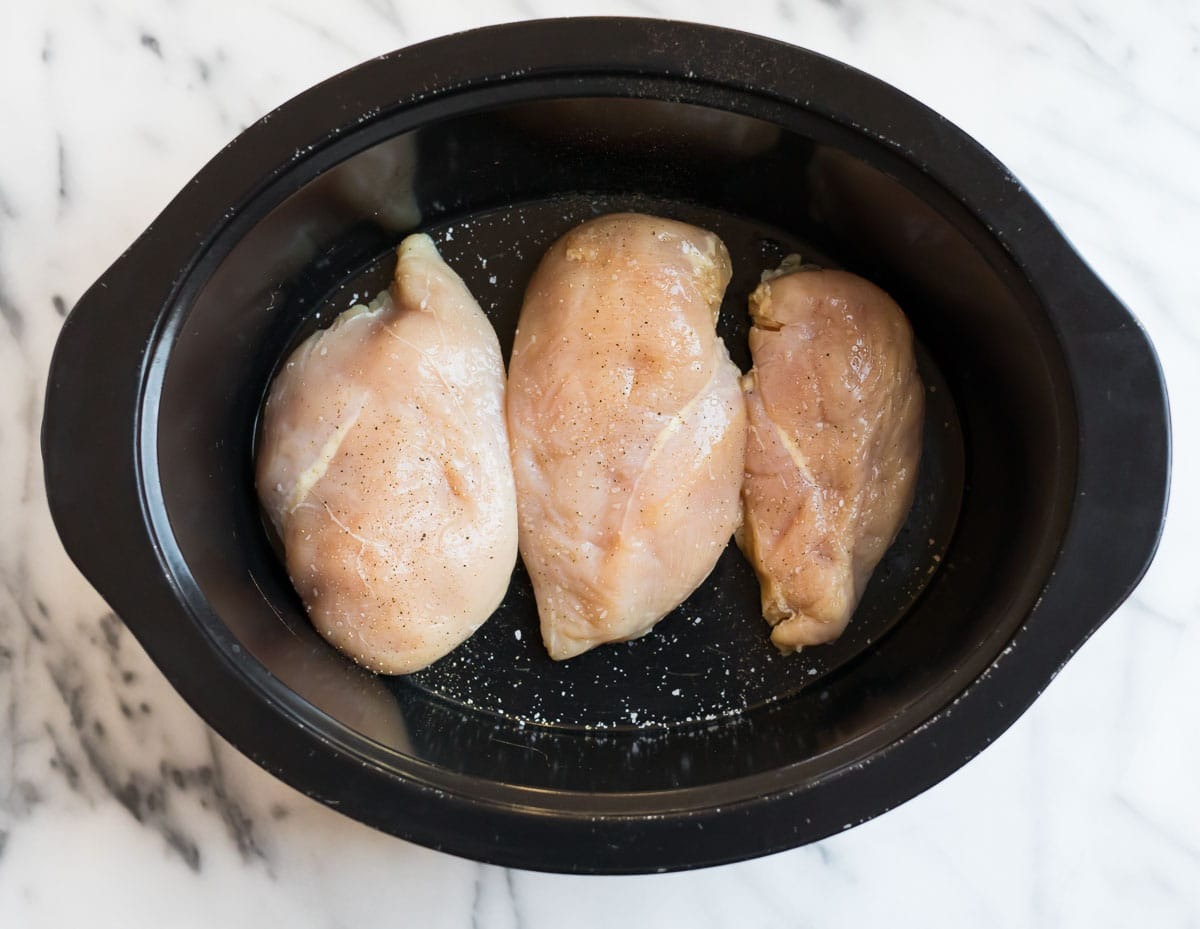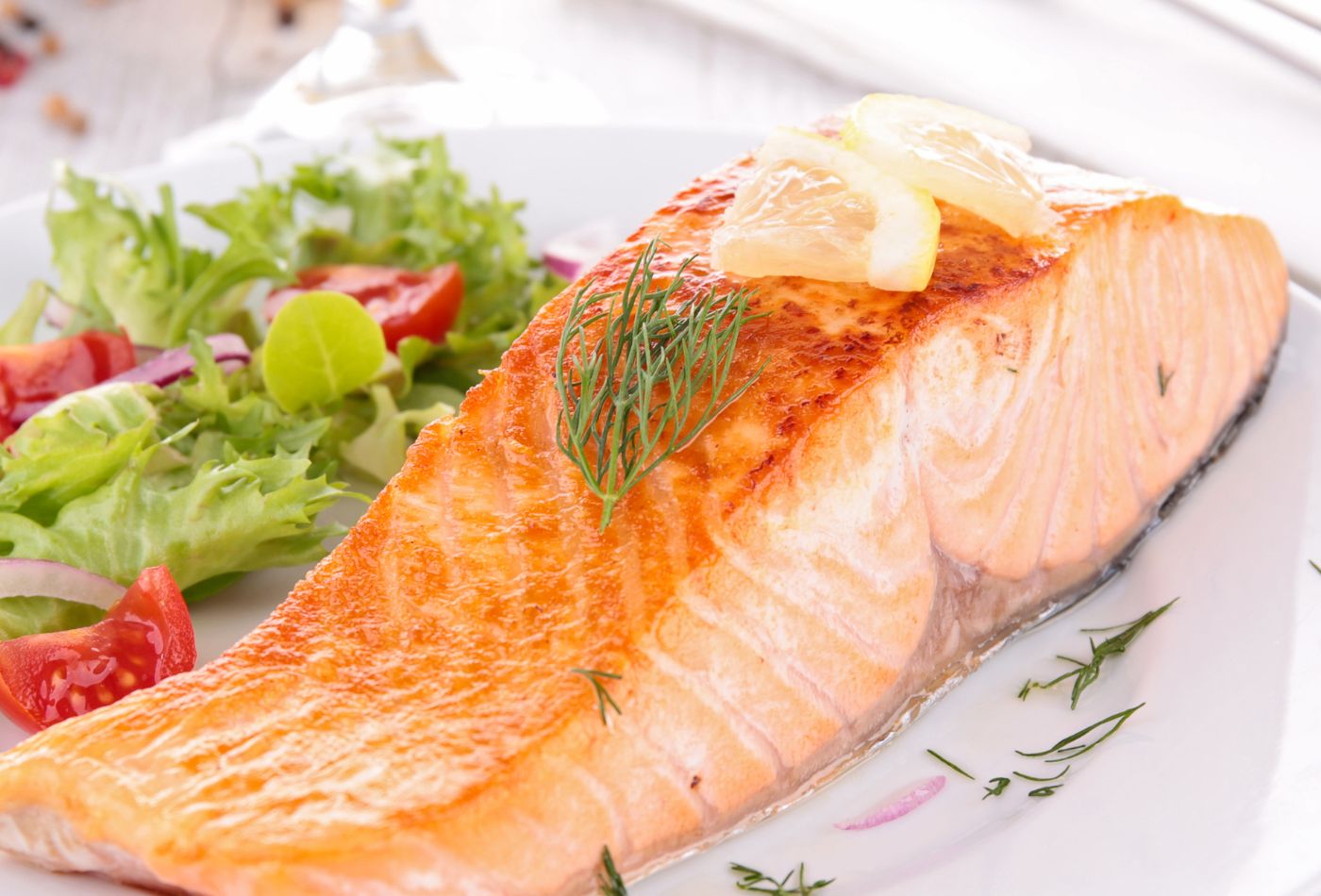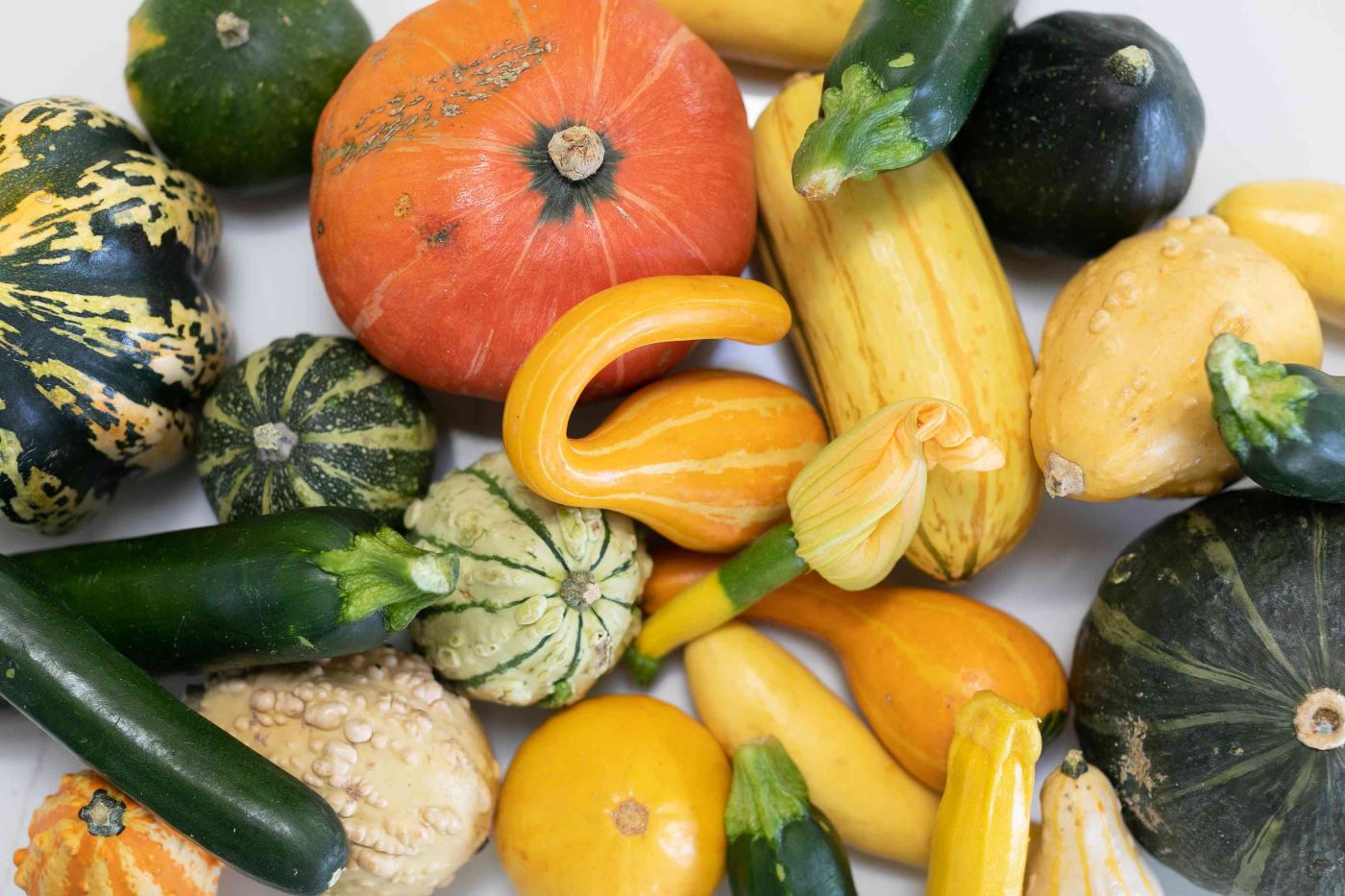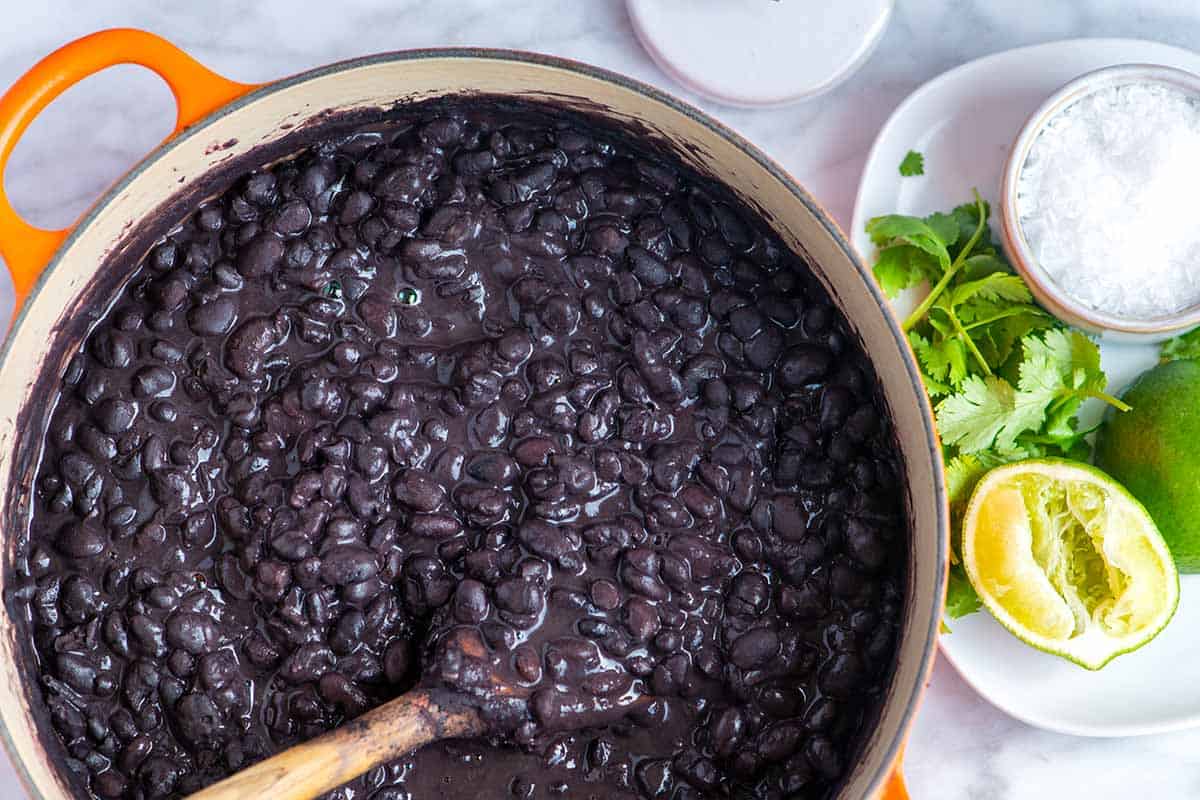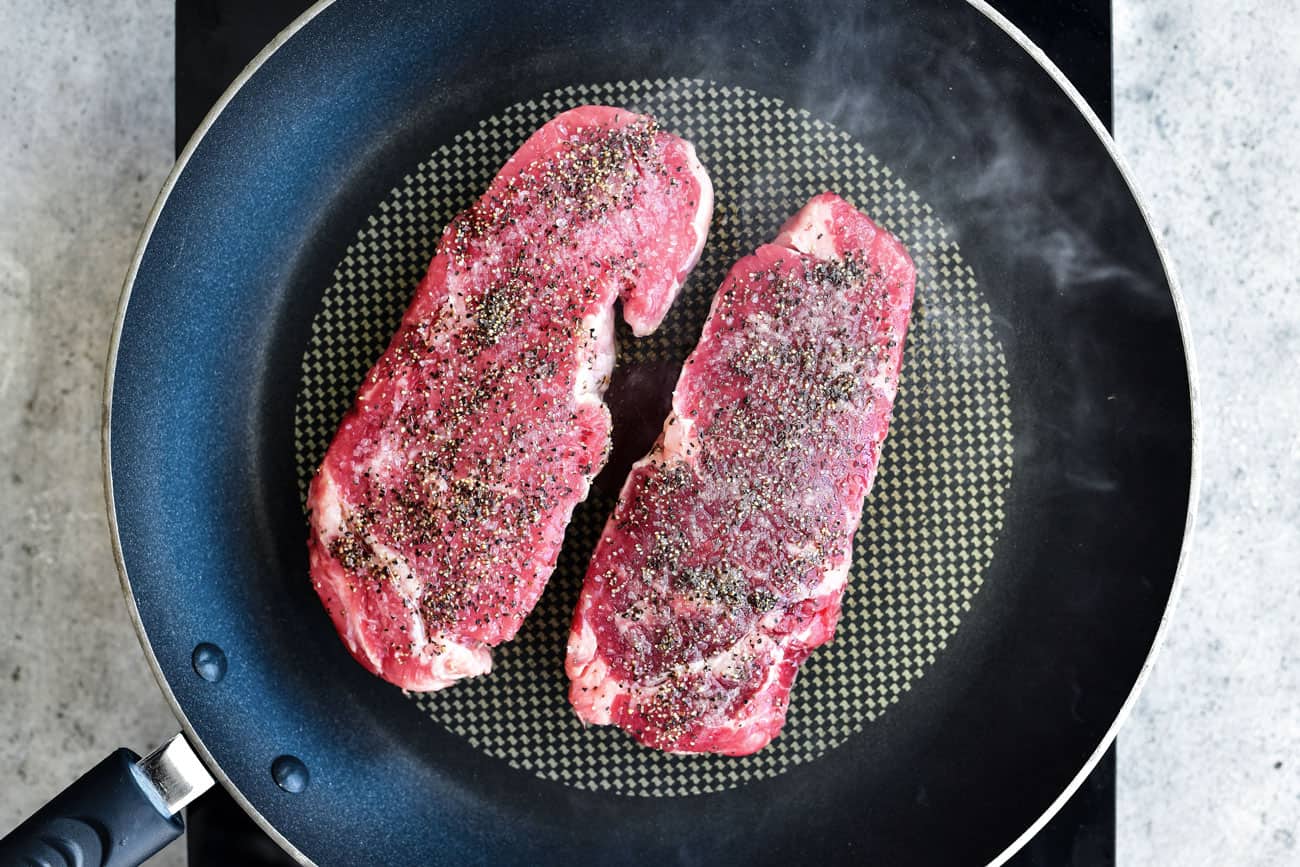Cooking linguine noodles might seem straightforward, but mastering this process ensures your pasta dishes turn out perfectly every time. Whether you're aiming for al dente perfection or a softer bite, understanding the nuances of boiling linguine can elevate your culinary creations. This guide will walk you through selecting quality noodles, timing your cooking process accurately, and adding just the right touch of salt for flavor enhancement. With a few simple steps, you'll be on your way to serving up delicious, perfectly cooked linguine that complements any sauce or seasoning you choose to pair it with. Let's get started on this culinary adventure.
Gather Your Ingredients for Linguine Perfection
- Linguine noodles – 1 pound
- Salt – 2 teaspoons
- Olive oil – 1 tablespoon
- Water – 4 quarts
Essential Kitchen Tools for Perfect Linguine
- Large pot for boiling water
- Colander for draining noodles
- Wooden spoon or tongs for stirring
- Measuring cups and spoons for ingredient portions
- Kitchen timer or smartphone timer to track cooking time
- Stove or cooktop for heat source
- Serving bowl or platter for presentation
- Chef’s knife for chopping any garnishes
- Cutting board for prep work
- Ladle or pasta fork for serving
For perfect linguine, use plenty of water and stir occasionally to prevent sticking. Cook until al dente, usually around 9-11 minutes, then drain and rinse briefly under cold water.
The Art of Cooking Linguine: Why It Matters
Cooking linguine noodles properly is crucial for creating delicious pasta dishes. Perfectly cooked noodles have a firm texture, known as al dente, which enhances the overall dining experience. Mastering this technique allows for better sauce adherence, ensuring each bite is flavorful.
Understanding the right way to cook these noodles involves timing, water temperature, and noodle-to-water ratio. This knowledge ensures that the pasta cooks evenly without sticking together or becoming mushy. Achieving the ideal consistency is key to elevating any pasta dish from good to great.
Your Ultimate Guide to Cooking Linguine
-
Fill a large pot with water: For every pound of linguine noodles, use about 4 quarts of water. This allows the noodles enough space to cook evenly without sticking together.
-
Heat the water: Place the pot on the stove and turn the heat to high. Wait until the water comes to a rolling boil. This is crucial for cooking the noodles properly.
-
Add salt: Once boiling, add 2 tablespoons of salt to the water. Salt boosts the flavor of the noodles, making them more savory.
-
Insert the linguine: Carefully add the linguine noodles to the boiling water. Use a fork or a pair of tongs to gently push them down until they are fully submerged.
-
Stir the noodles: Stir the noodles gently to prevent them from sticking to each other or to the bottom of the pot. A quick stir at the beginning is enough, but feel free to stir occasionally throughout the cooking process.
-
Check the cooking time: Look at the noodle package for the recommended cooking time. Most linguine noodles take about 9 to 13 minutes to cook to al dente, which means they are cooked through but still have a slight firmness.
-
Test the noodles: Around the 8-minute mark, start testing the noodles for doneness. Grab a noodle with a fork, let it cool for a moment, then taste it. If the noodle is too hard, it needs more time. If it’s just right, it’s time to drain.
-
Drain the noodles: Once the noodles are cooked to your liking, turn off the heat. Place a colander in the sink and carefully pour the noodles and hot water into it. This separates the noodles from the water.
-
Rinse (optional): If you’re not using the noodles immediately, rinse them under cold water to stop the cooking process. This prevents them from becoming mushy. If you’re going to use them right away, you can skip this step.
-
Serve: Your linguine noodles are now ready to be served with your favorite sauce or ingredients. Enjoy your perfectly cooked linguine!
Mastering Linguine Noodles
Cooking linguine noodles to perfection is simpler than you might think. With just a pot of boiling water, a pinch of salt, and a watchful eye, you can achieve that ideal al dente texture that pairs beautifully with a myriad of sauces. Remember, timing is everything; too little and they're too chewy, too much and they turn mushy. Stirring occasionally prevents sticking, ensuring each strand cooks evenly. Once drained, a quick toss with a bit of olive oil can keep them from clumping together while you finalize your sauce. Whether you're dressing them with a classic marinara, a rich Alfredo, or a vibrant pesto, these noodles provide a versatile base for a delicious meal. So, grab your pot and get ready to impress your taste buds with perfectly cooked linguine noodles every time.
For those looking to put their new linguine cooking skills to use, there are several delicious recipes to try. Start with Linguine with Pesto Sauce, a fresh and vibrant dish that highlights the simple yet flavorful combination of basil, garlic, and Parmesan. If seafood is more your style, Garlic Shrimp Linguine offers a delightful pairing of tender shrimp and savory garlic in a light sauce. For a comforting classic, Linguine with Clam Sauce provides a rich and satisfying meal with a briny touch of clams. Finally, Linguine Carbonara is perfect for those who enjoy a creamy, indulgent pasta with crispy pancetta. Each of these recipes showcases the versatility of linguine and is sure to impress at your next meal.
All Your Linguine Questions Answered
How long should I cook linguine noodles?
For perfectly al dente linguine, boil them for about 9 to 13 minutes. Just make sure to keep tasting a noodle or two past the 9-minute mark to get them exactly how you like 'em.
What's the best way to prevent linguine noodles from sticking together?
Right after draining, toss your noodles with a bit of olive oil or sauce. This little trick keeps them from turning into a sticky mess. Also, don't forget to stir them occasionally while they're boiling in the pot.
Can I cook linguine noodles ahead of time?
Absolutely! Cook them, then cool quickly under cold running water. Toss with a tiny bit of oil and store in a sealed container in the fridge. They'll be good for a couple of days. Just reheat with a splash of water or directly in your sauce.
Is there a difference between linguine and spaghetti?
Yep, there is. Linguine is flatter and wider than spaghetti, giving it a slightly different texture and surface area for sauces to cling to. Both are delicious, but linguine might hold onto chunkier sauces a bit better.
How much water do I need to boil linguine noodles?
Use a large pot and fill it with plenty of water, about 4 to 6 quarts for every pound of pasta. This gives the noodles enough room to move around freely and cook evenly.
What's the best way to serve linguine noodles?
Linguine shines with lighter, oil-based sauces, seafood dishes, or pesto. Its shape and texture make it a great choice for recipes where you want the pasta to really grab onto the sauce.
Can I use linguine noodles in a pasta salad?
Sure thing! Just cook them al dente, rinse under cold water to stop the cooking process, and then mix with your favorite salad ingredients and dressing. Linguine works well in cold dishes, offering a nice, chewy texture.
